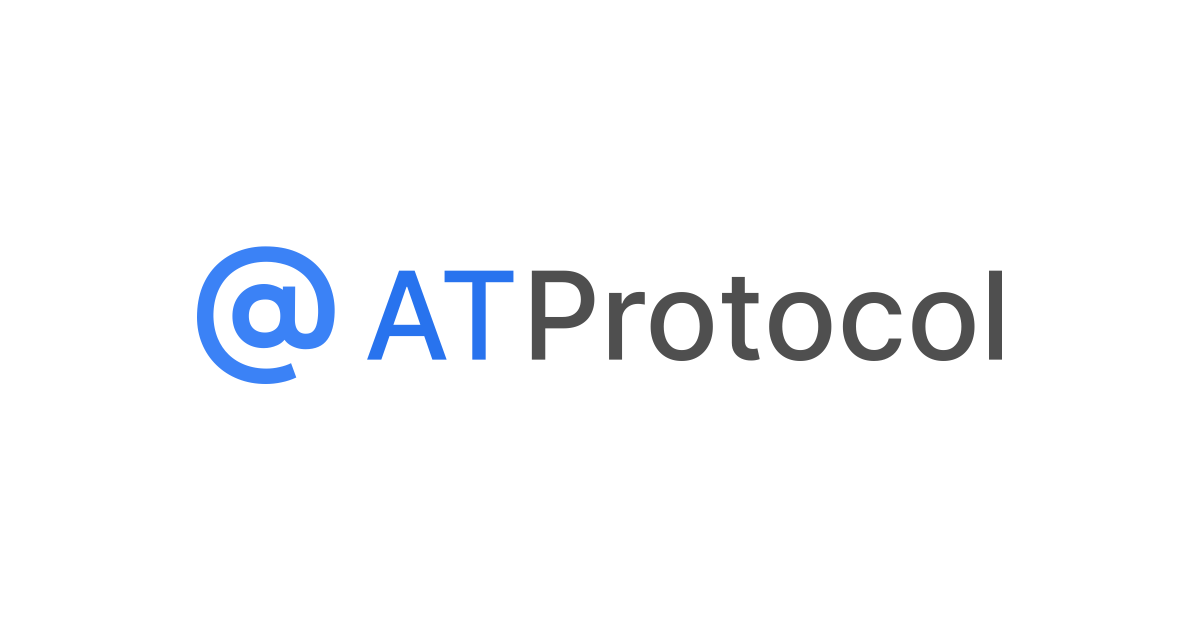The AT Protocol, also known as the Authenticated Transfer Protocol or ATProto, is a decentralized protocol designed for large-scale social web applications, addressing issues related to interoperability, discoverability, scalability, and data portability within decentralized social networks. It was initially developed as the Authenticated Data Experiment (ADX) within Twitter and seeks to facilitate more efficient communication among different social networking services by employing a federated architecture rather than relying on monolithic servers[1][5].
Users within the AT Protocol have permanent decentralized identifiers (DIDs) and configurable domain names that serve as human-readable handles. Their data is stored in signed data repositories, which include various types of records such as posts and comments[2][6]. The protocol comprises three core components: Personal Data Servers (PDS), which host user data; Relays, which act as indexing mechanisms by collecting and forwarding updates; and App Views, which serve as end-user platforms interfacing with the network[6][5].
The AT Protocol uses a schema-based framework called Lexicon to standardize interactions between different services, allowing for greater flexibility and interoperation, similar to how web servers communicate through established protocols[4][5]. Additionally, it emphasizes account portability, allowing users to migrate their accounts between providers without losing their data or social connections[4].
Get more accurate answers with Super Search, upload files, personalized discovery feed, save searches and contribute to the PandiPedia.
Let's look at alternatives:
- Modify the query.
- Start a new thread.
- Remove sources (if manually added).
- Request a manual search from our human research team.


